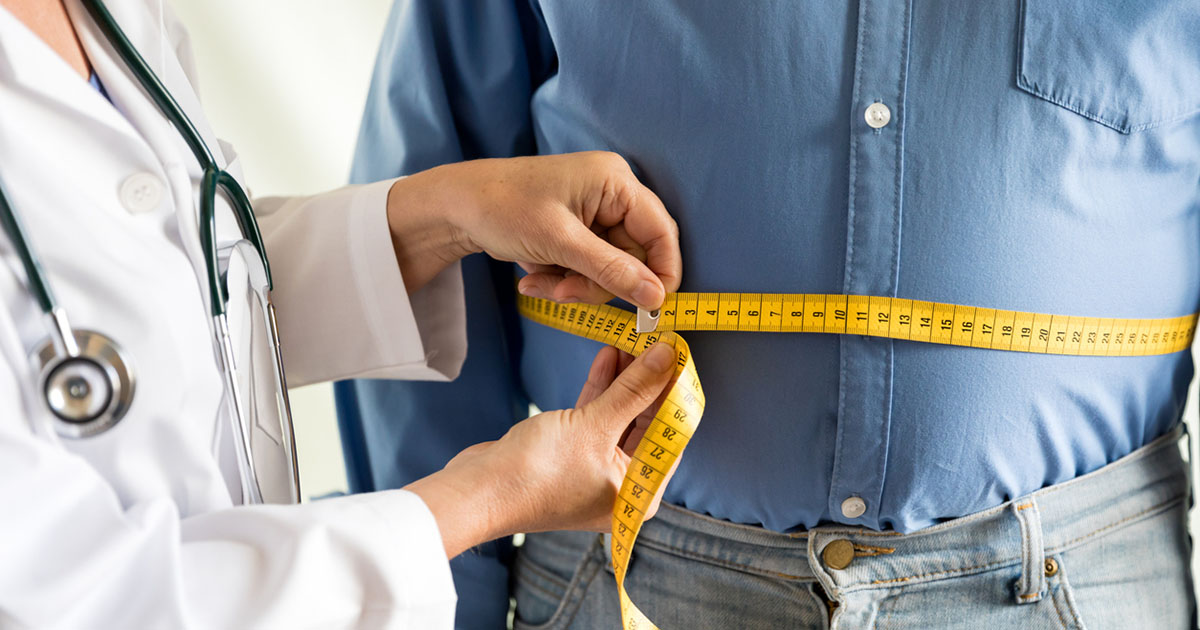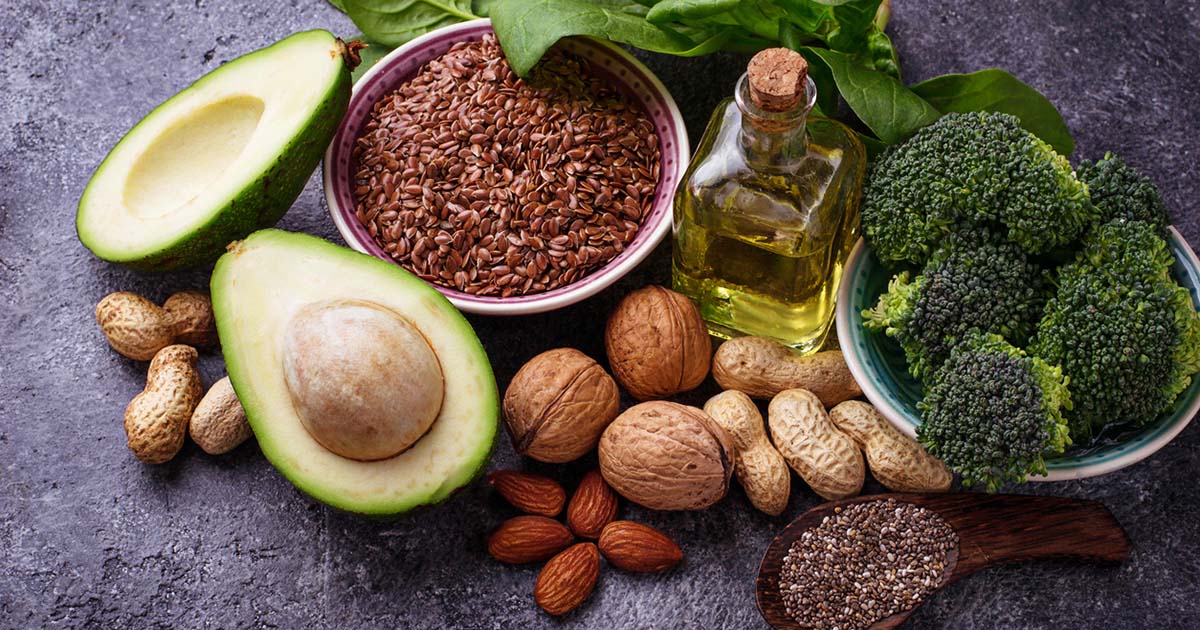“Whoever said that things have to be useful?” – Evan Williams (Twitter Co-Founder and CEO)
The latest diabetes care statistics for the UK make grim reading. The 2009–2010 National Diabetes Audit (NHS Information Centre, 2011) reports data from almost 2 million people with diabetes from UK general practices, and 50 000 from secondary care, and found that the NICE (2004) recommendation of an HbA1c level ≤7.5% (≤58 mmol/mol) was achieved in only 28.2% of people with type 1 diabetes. Worse still, around 17% had an HbA1c level >10% (>86 mmol/mol). Unfortunately, these results are almost identical to those in audits carried out in 2006–2007, 2007–2008 and 2008–2009 (NHS Information Centre, 2011).
In practical terms the findings of this audit mean that some 300 000 children and younger adults with diabetes are at high risk – and 144 000 at dangerously high risk – of diabetes complications. Young people with type 1 diabetes were also found to be less likely to receive the nine recommended basic care checks required to monitor their condition, leading to concerns that a large proportion of a generation with diabetes will require substantial specialist care in the coming years.
The UK continues to lag behind other western European countries and the USA in terms of access to, and uptake of, proven therapies such as insulin pump therapy (Pickup, 2009). Technology for diabetes care is developing rapidly and shortly there will be a choice of insulin patch pumps, which are likely to be popular among people with type 1 diabetes. As well as moulding clinical services to be able to offer new technologies in diabetes care, including trouble-shooting and follow-up, the first important step is to get the message out to people with diabetes that these technologies exist.
Around the same time that the National Diabetes Audit 2009–2010 data were released, the British Medical Association (BMA; 2011) published its guidance for doctors and medical students on the use of social media. In it, the BMA suggests that “medical professionals should be free to take advantage of the many personal and professional benefits that social media can offer” but caution their audience to be “aware of the potential risk involved”. Almost all of the guidance adopts a very prohibitive tone, warning of the damage that baring all online can do for the individual and profession – even invoking the prospect of being caught up in defamation law.
Some online content is funny, witty and provocative; much of it is profane and close to the professional edge, especially when anonymity is allowed. Nevertheless, perhaps there is an opportunity to use the power of social media to improve communication between healthcare professionals and patients. Given the exponential growth in Facebook (www.facebook.com) and Twitter (www.twitter.com) usage (Dyer, 2010; Wilhelm, 2010), especially among the age group of the “lost tribe” (Kerr, 2010), prohibition may represent a missed opportunity. For example, the new media could be used to: (i) inform people that technologies for diabetes exist; (ii) inform people how to access these technologies; and (iii) augment traditional patient education activities (Kerr, 2011).
Who knows, perhaps the current approach to diabetes education could undergo a revolution? Spending many hours and days trying to understand the nuances of the arithmetic involved in meal-time insulin-dose calculation could be condensed into a free, downloadable, smartphone application (obtained from a link on a diabetes technology Facebook page) that would be supported by a few Tweets. The lost tribe may still not attend the traditional clinic, but with the use of social media we healthcare professionals might be able to interact with them online – rather than waiting until they turn up in their mid-twenties with retinopathy, microalbuminuria or pregnant!
It would be a poor reflection on the care of people with diabetes in the UK were next year’s National Diabetes Audit to reveal the same results yet again. Social media may prove useful in improving outcomes for people with diabetes.
Welcome
In the previous edition of Diabetes Digest we bid farewell to Professor Jonathan Pinkney as Obesity Digest Section Editor, who stepped down from the editorial board to focus on other projects. This issue we welcome Dr Shahrad Taheri (University of Birmingham and Heart of England NHS Foundation Trust) as the new Obesity Digest Section Editor. Dr Taheri is Lead for Weight Management and Bariatric Services and Co-Director of the Heartlands Biomedical Research Centre, and you can read his first editorial and article selections on pages 152–3.




Attempts to achieve remission, or at least a substantial improvement in glycaemic control, should be the initial focus at type 2 diabetes diagnosis.
9 May 2024